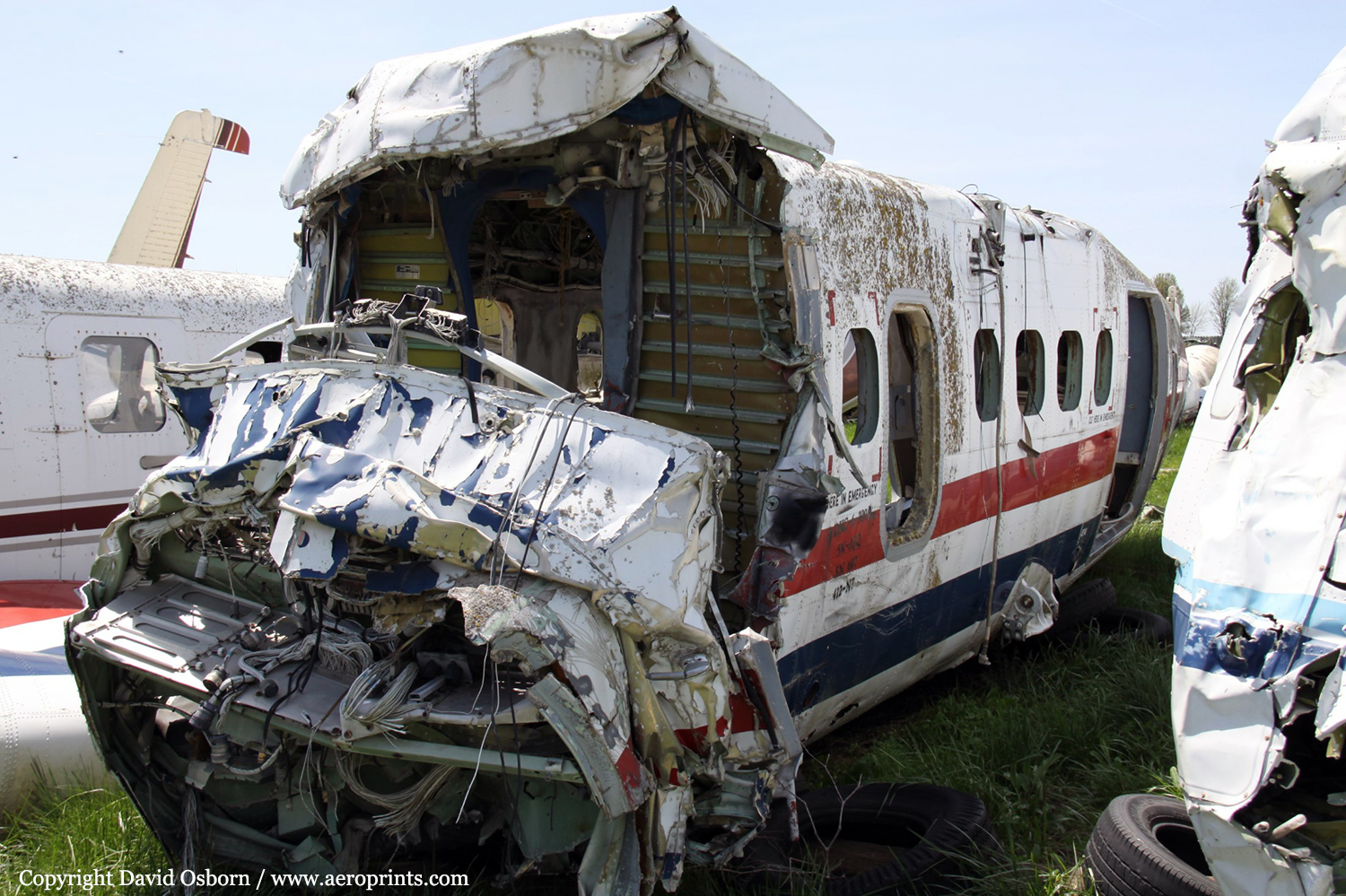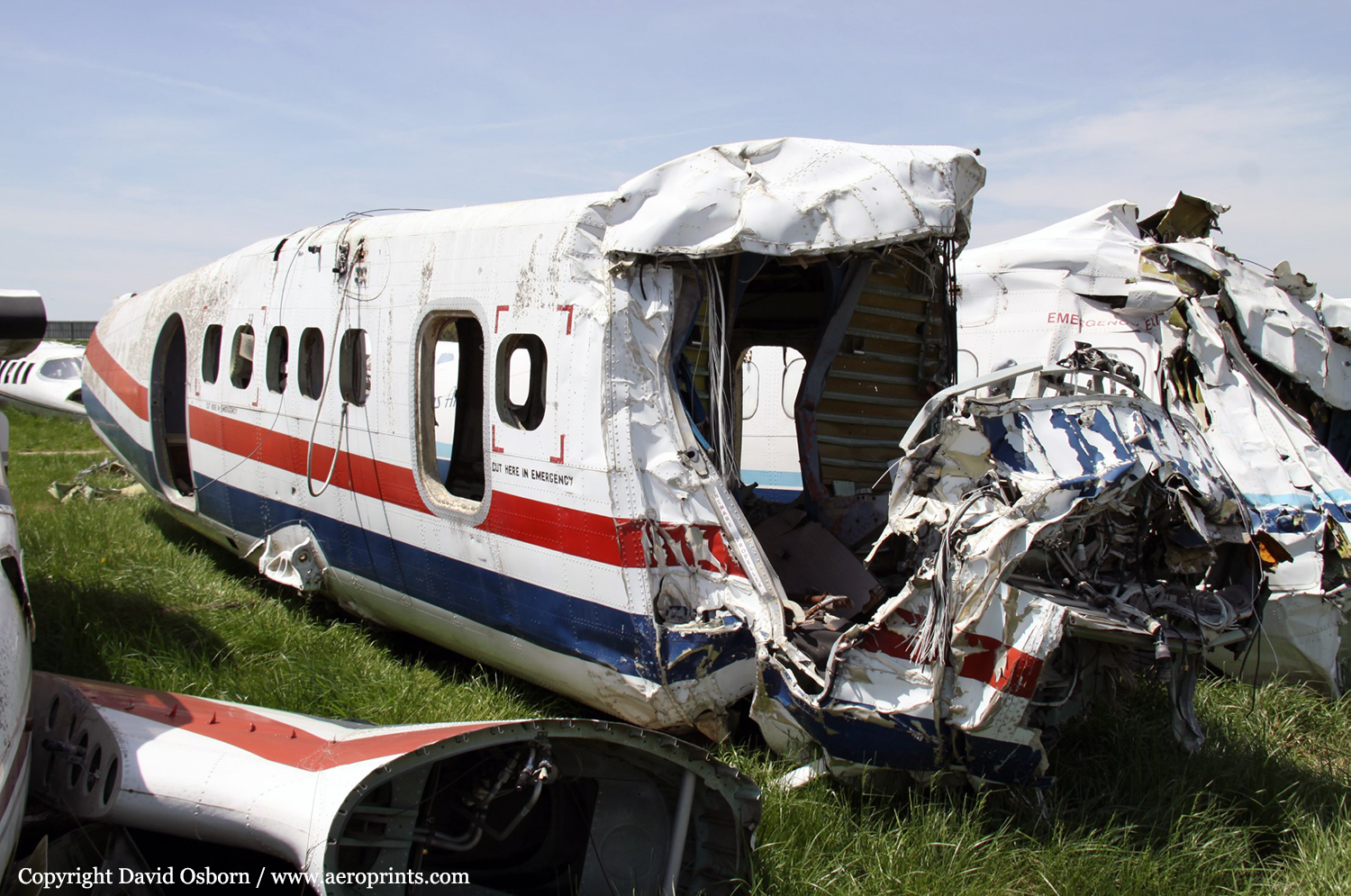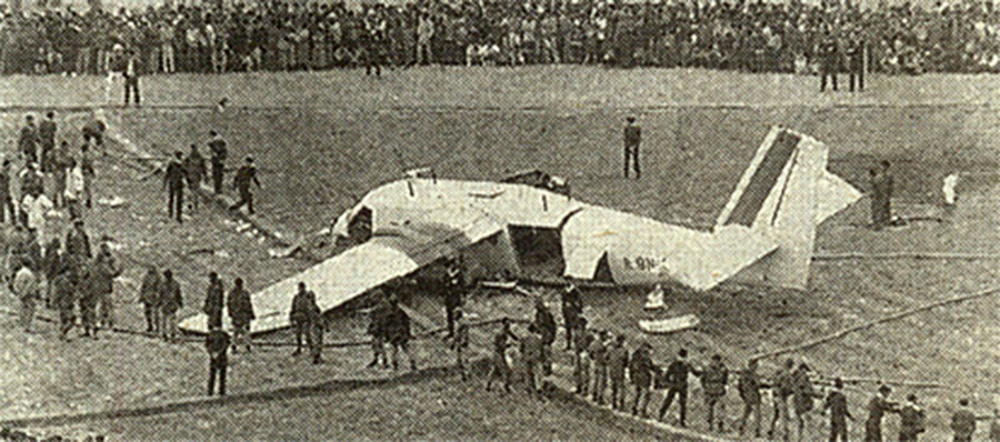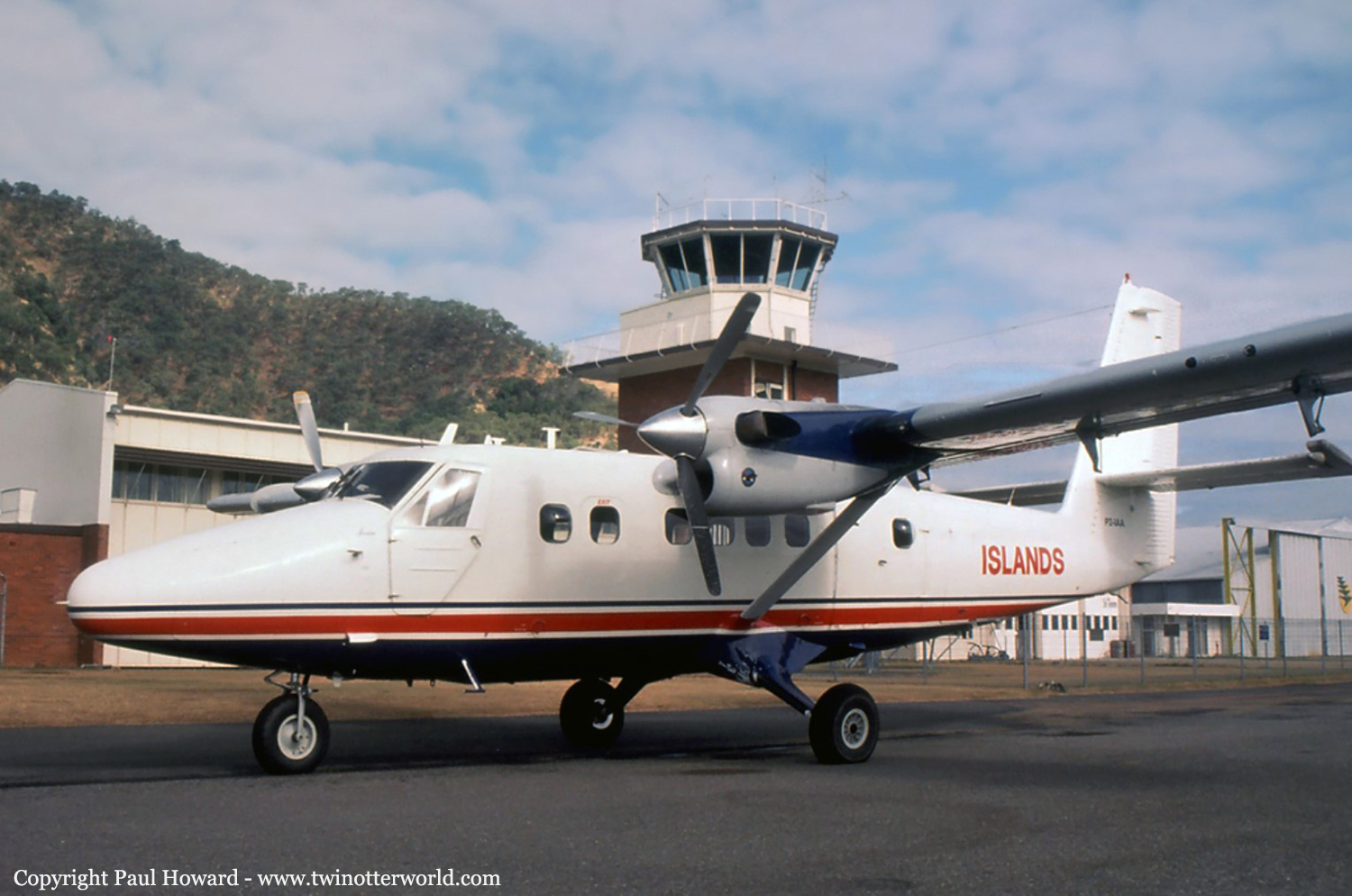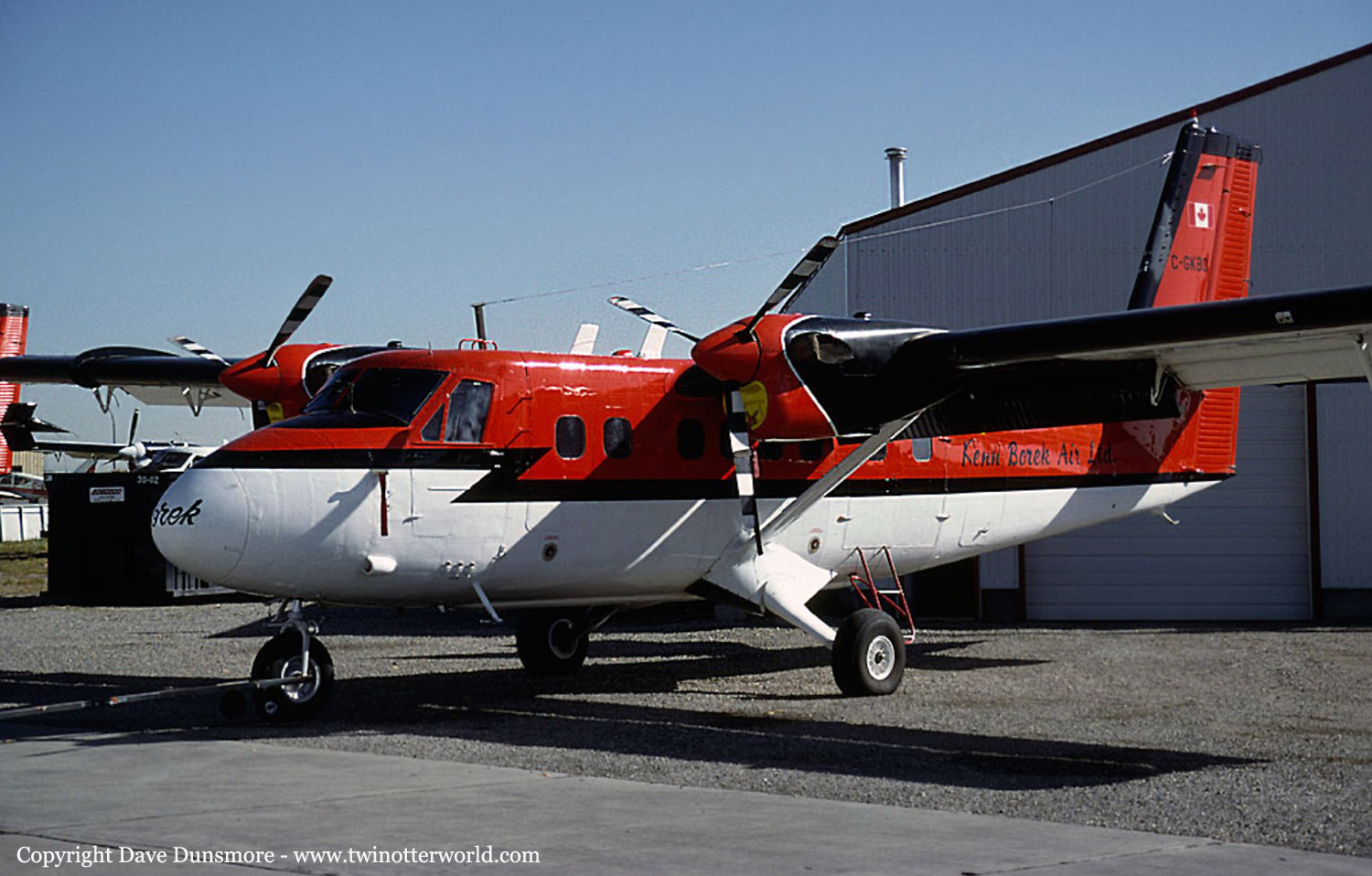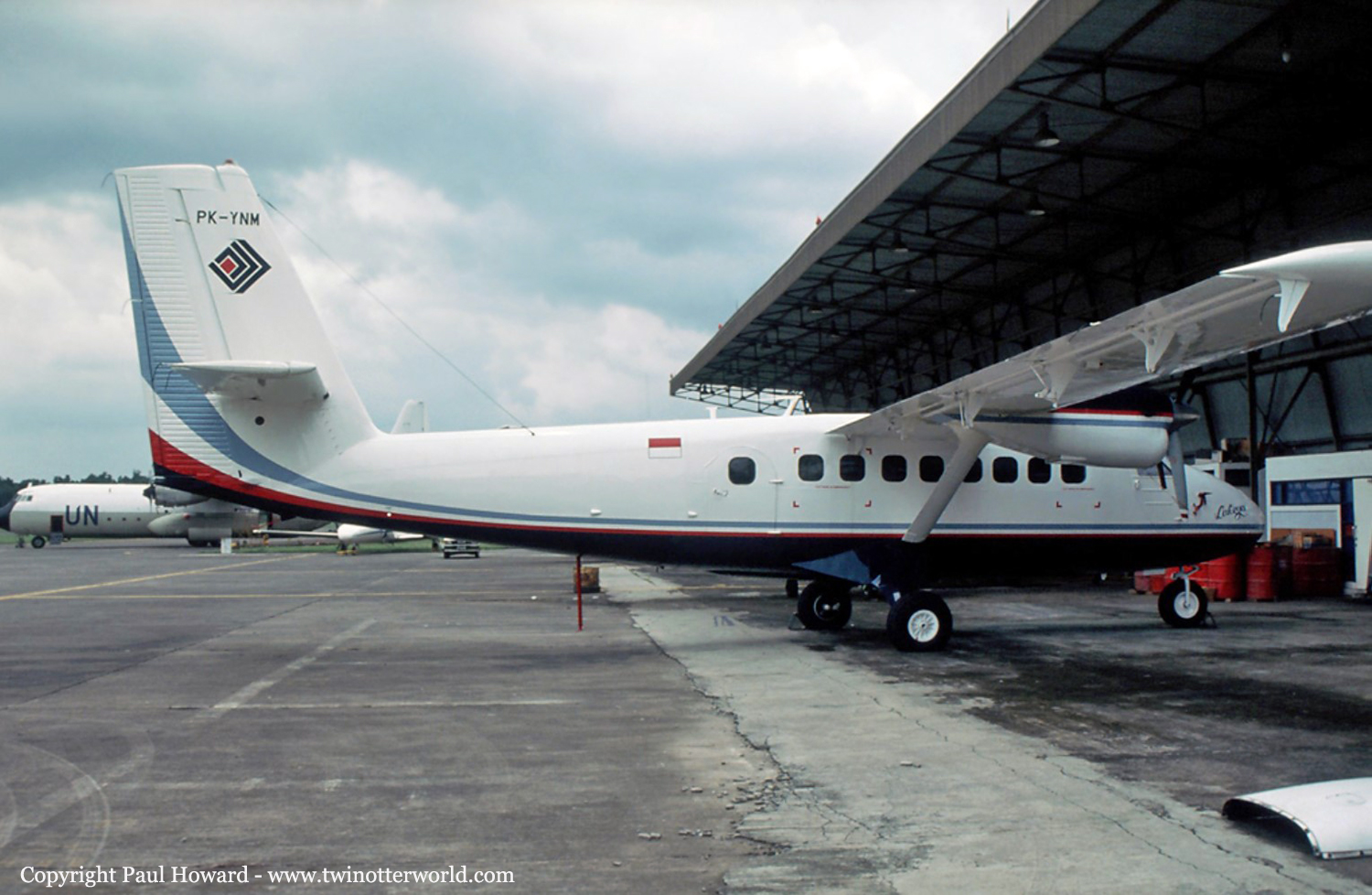Crash of a De Havilland DHC-6 Twin Otter 300 in Bintuni: 1 killed
Date & Time:
Jul 17, 1995
Registration:
PK-NUT
Survivors:
Yes
Schedule:
Bintuni – Manokwari
MSN:
473
YOM:
1975
Crew on board:
2
Crew fatalities:
Pax on board:
16
Pax fatalities:
Other fatalities:
Total fatalities:
1
Circumstances:
During the takeoff roll from runway 13, the twin engine aircraft went out of control, veered off runway and crashed in a banana plantation. One of the pilot was killed while few other occupants were injured, some seriously. The aircraft was written off.
Probable cause:
Loss of control during takeoff after the aircraft suffered aquaplaning





